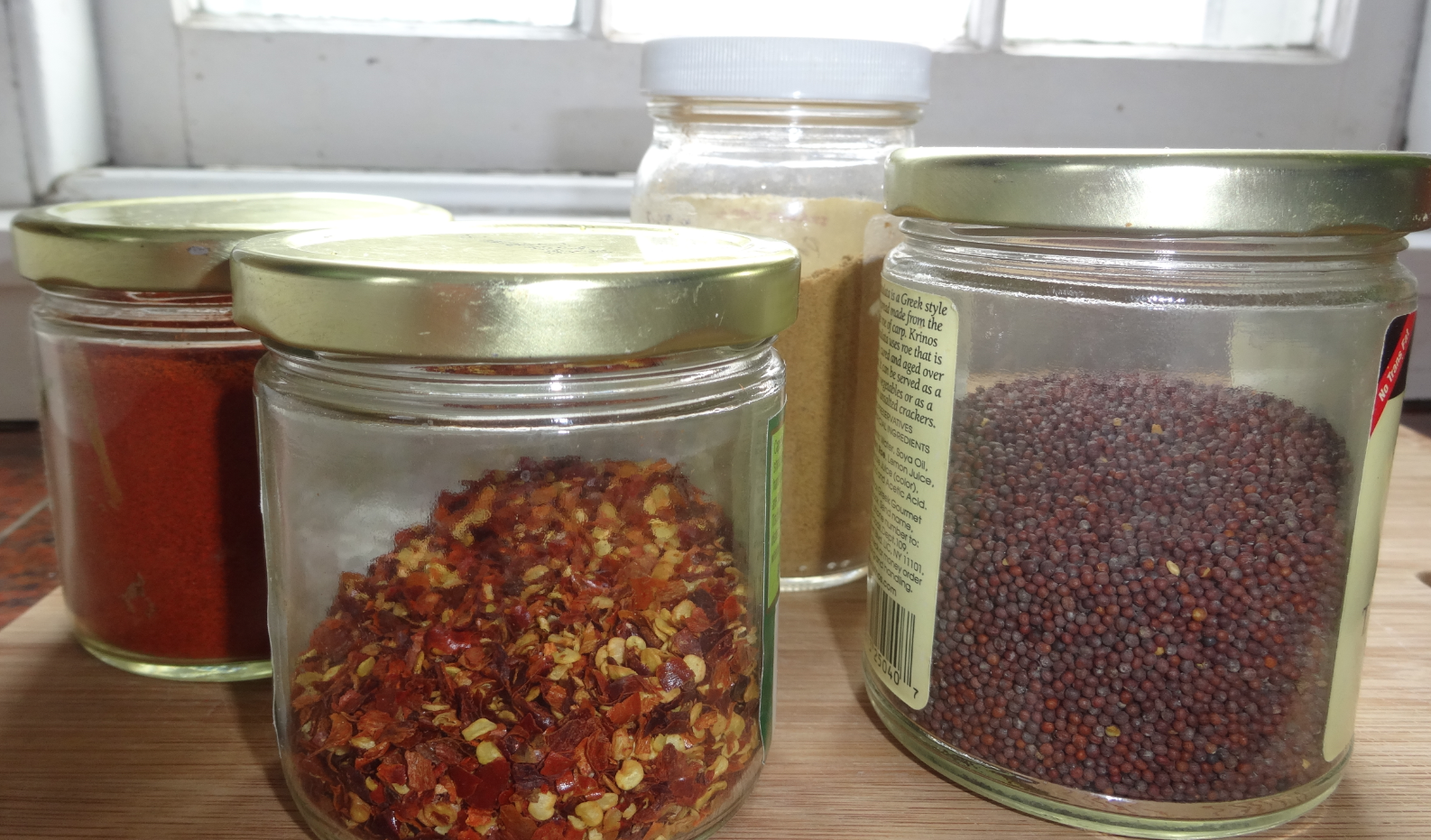I love Sauerkraut and Kimchi. Both are simple and cheap traditional cabbage based fermented foods, the first from northern Europe, the other from Korea. Fermented foods in general are enormously healthy because they replenish your gut system with beneficial bacteria - and a healthy gut is prerequisite for a strong immune system (see an earlier post on fermented foods). While you can easily buy them both, beware of Sauerkraut (and pickles, for that matter) made with vinegar or the cooked canned version, and Kimchi with MSG (must read the labels!). Sauerkraut and pickles in vinegar are not fermented and therefore do not have the beneficial bacteria we so need! The sour taste of inauthentic mainstream Sauerkraut (or pickles) comes from the vinegar used for ease of manufacturing in an industrialized process. And MSG is definitely not something you would want to eat - follow the link for more information if you don't know already.
So why not make both yourself? It is so easy, quick, satisfying and fun (the pounding part of Sauerkraut especially). I save large wide-mouth glass jars for storing them.
Sally Fallon's Sauerkraut has exactly three ingredients (cabbage, salt, whey), or four if you like caraway seeds in it. I am a purist and prefer it without. Saveur magazine dedicated a whole issue to Kimchi a few years ago since you can make Kimchi (like pickles) with just about any vegetable, and you can become more or less sophisticated with your ingredients. But start nice and simple (follow the link to an easy recipe) and see whether you like the process and the result.
To the good bacteria!












